The wonderful Matatus of Nairobi
You arrive in Nairobi and the first thing you can do is get to know the city through a matatu. Matatus are small buses that run throughout the city. Almost on every corner of Nairobi there is a Matatu bursting with colour and filling the city with loud music. Photographs of Nelson Mandela, Maradona, Bob Marley, Obama, footballers, Kenyan artists, writers and revolutionaries can be seen tattooed on the matatus. Inside the matatus you can watch soap operas, news and video clips, as there are small screens hanging almost everywhere.
And the matatus only circulate in the centre of the city, where there are buildings, where there are lights, where there are police, where there is formal commerce, where there are statues, where everything begins and ends. On the suburbs, where poor young people spend days fermenting their livers into homemade drinks, they get off by motorcycle taxi. Outskirts crowned with red, dusty sand.
Of course from the matatu it is possible to cross the corners of Nairobi and end up at Carnivore Restaurant Nairobi. At first glance it looks like a dangerous restaurant: the servers appear armed with huge knives that look like swords, dressed in pieces made from local fabrics. They serve ostrich and crocodile meat at tables. And crocodile meat, for a moment, seems to return to its habitat when it is invaded in the stomach by a Kenyan beer: Tusker.
It was said that from matatu you can roam all over the city of Nairobi. I could talk about the beautiful women who wake up the city with their smiles loaded with sweet Kiswahili words. I could talk about the nightclubs that, mixing times and memories, make everyone dance. I could talk about the music of the 70s, 80s and 90s that Kenyans produced for the African continent, I could talk about the whole country, but I only talk about Nairobi. I talk about this corner.
Bracelets, shirts, sandals, necklaces and bags, handcrafted by local artists, can be seen and purchased at Nairobi markets. Obviously, you have to carry your hand in your pocket because there is always someone who is distracted who prefers to look for what they don’t have in the pockets of others. Not that Nairobi does not have centres and orphanages for the boys who live on the streets. In fact, through a matatu it is possible to reach an elephant orphanage: Sheldrick Wildlife Trust. An orphanage full of caress, a space where the love of men is celebrated in chorus by the elephants’ trunk. At the Sheldrick Wildlife Trust, men holding milk bottles can be seen hovering under the elephant’s trunks. And at nightfall, you can see the serene city of Nairobi, slowly getting ready, through the windows of the Mövenpick Hotel. It’s a hotel because they call it that, but whoever passes by it realises that it’s a house hidden inside the hotel.
There are street artists who decorate the city’s murals with graffiti and beautiful women who, bead by bead, make huge rivers of necklaces flow into their hands.
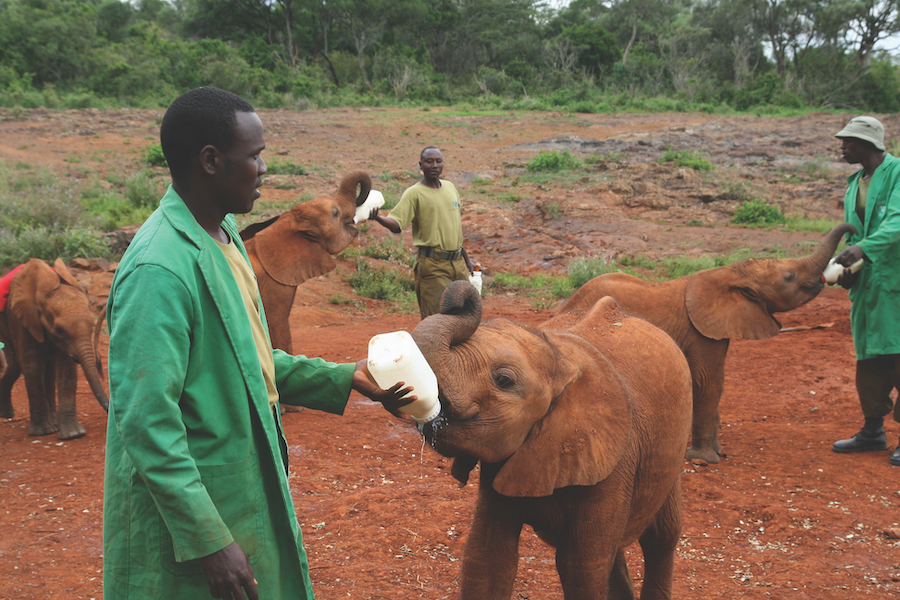
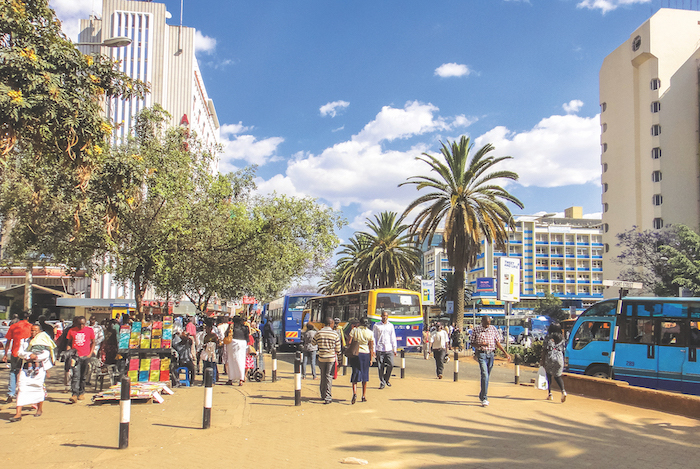
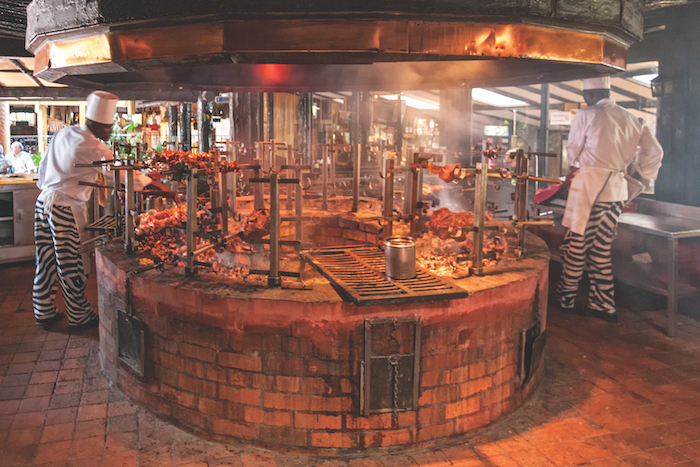
Nairobi, splendid city. There are those who prefer to eat in improvised street restaurants, restaurants where typically local dishes bubble up on the menus. Of course, there is no written menu, it’s the cooks who approach you, wash our hands and then present the menu to our ears. And these dishes taste good when we eat them with the cutlery in our hands. They even seem to fine-tune the seasoning. And if you need to take food with you, of course you can. However, it will not be in a plastic bag as there are no plastic bags in this city. A plastic bag in the city of Nairobi is seen as an atomic bomb, a lethal weapon.
The city of Nairobi is guarded by a huge statue of Jomo Kenyatta. The statue watches over the city sitting right outside the Kenya High Court. And there are street artists who decorate the city’s murals with graffiti and I couldn’t help but mention the beautiful women who, bead by bead, make huge rivers of necklaces flow into their hands. You can also stream into the crystal clear waters of the island of Lamu, from the mainland to the island.
Advertising
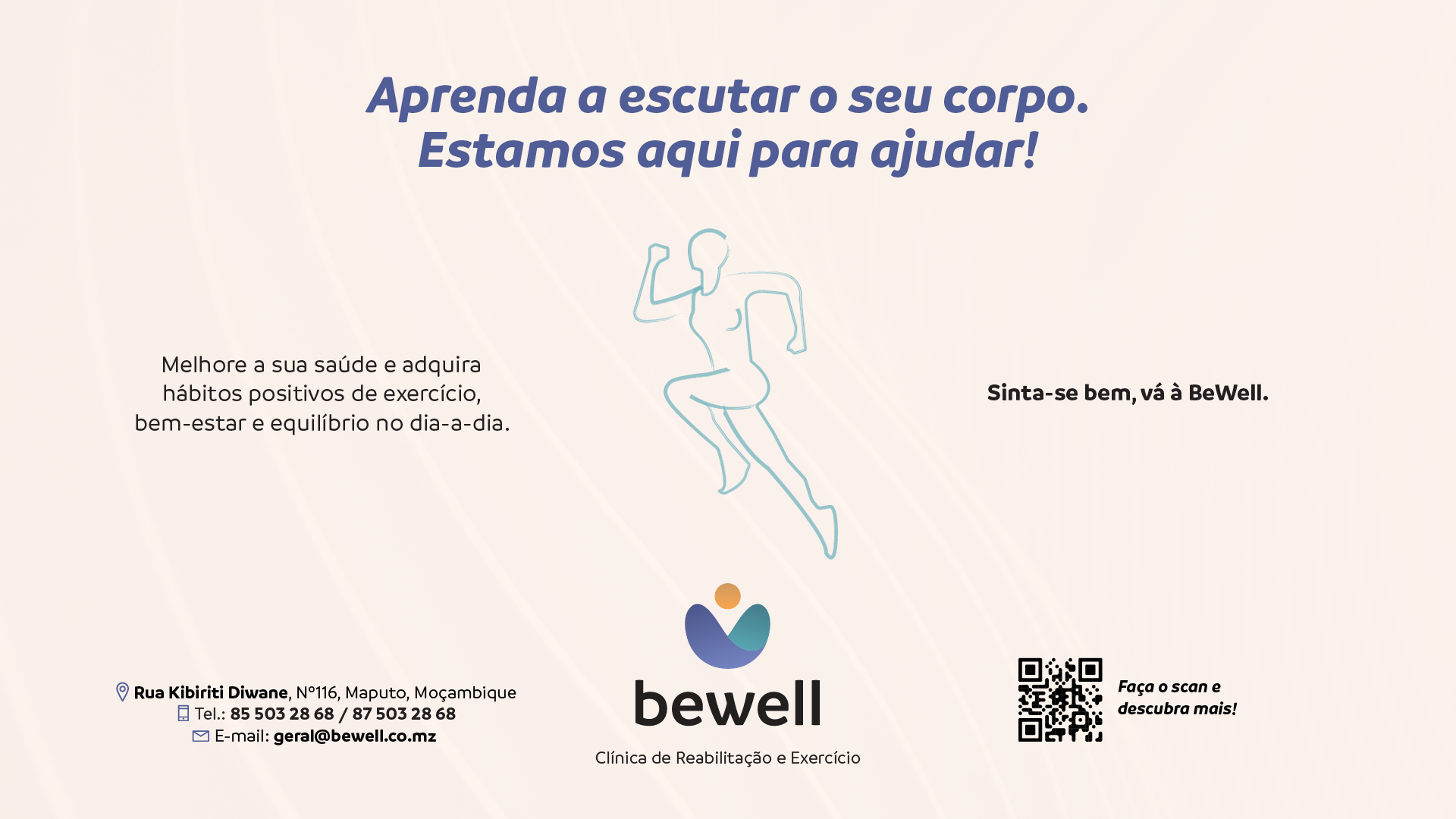
I went to Nairobi once, but there are so many times in that one time that I lost count. One of the saddest memories you can have in this city is when you enter the Westgate Mall, a supermarket that in 2013 was attacked and 67 people were killed. The police, loaded with weapons, still have that memory, maybe that’s why they search the city and everyone who passes through it tirelessly.
I enter and leave the city of Nairobi by matatu, and as we say goodbye, everyone raises their hands to us in a farewell full of food scraps, because ugali, a typical dish of this wonderful land, only tastes good when eaten by hand, just as beautiful as the beads and necklaces handmade in the streets.
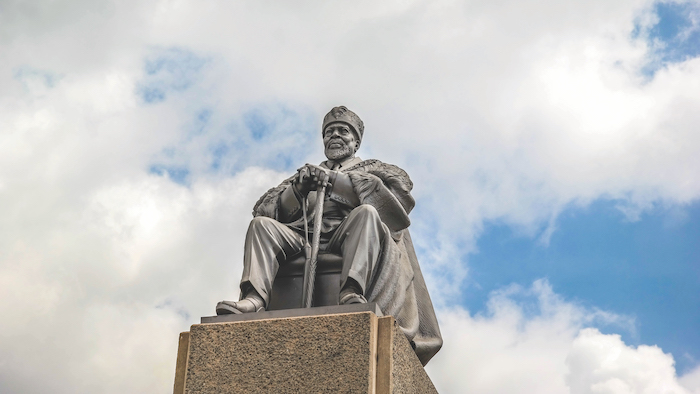
▶ HOW TO GO
Kenya Airways has direct fliights from Maputo to the Kenyan capital. It is a journey of close to four hours.
▶ WHERE TO SLEEP
Pode sempre experimentar o Mövenpick Hotel. Mas há uma enorme oferta em Nairobi, dos B&B’s até aos luxuosos. You can always try the Mövenpick Hotel. But there is a huge offer in Nairobi, from B&B’s to luxurious ones.
▶ WHERE TO EAT
From Carnivore Restaurant Nairobi to improvised street restaurants with typical local dishes, Nairobi has a wide range of oferings.
▶ WHAT TO WATCH OUT FOR
There is always a distracted person who prefers to look for what is not in the pockets of others. Stay tuned.
Issue 75 Sept/Oct | Download.
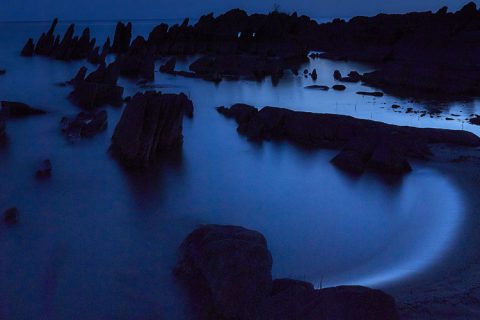
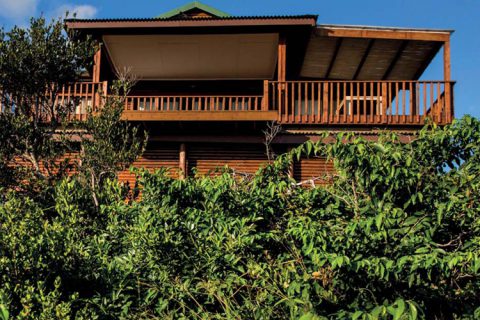

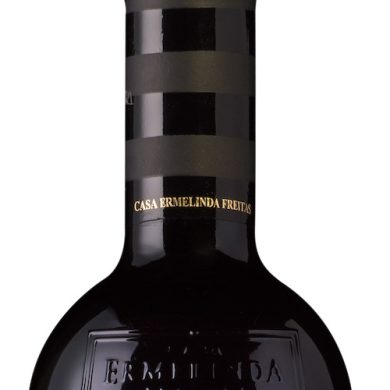
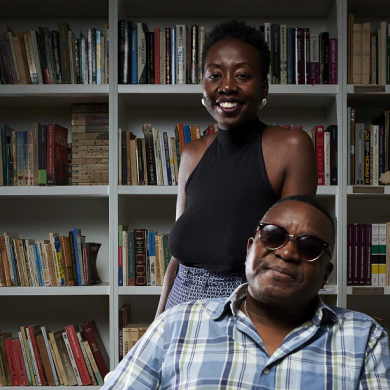

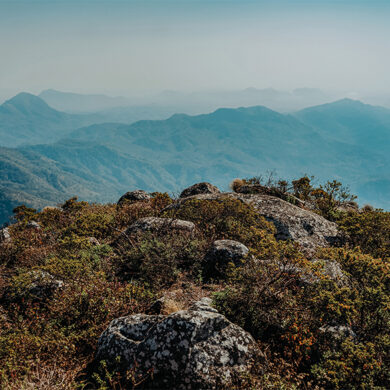
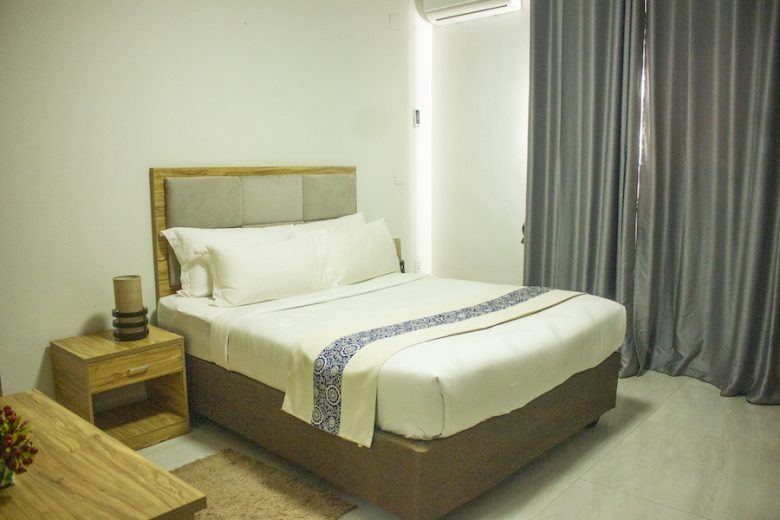





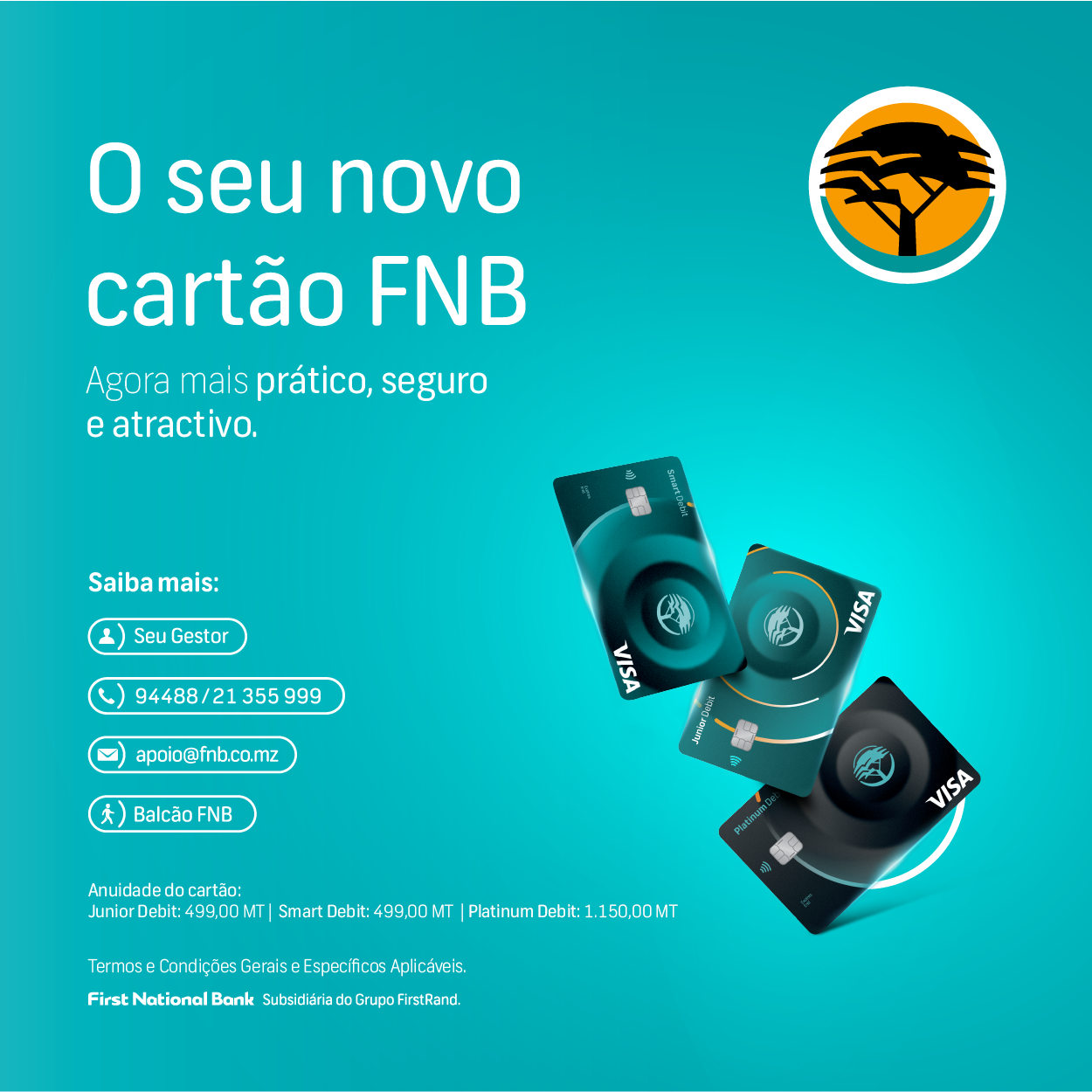

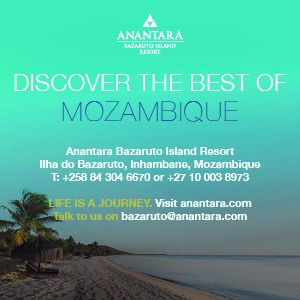






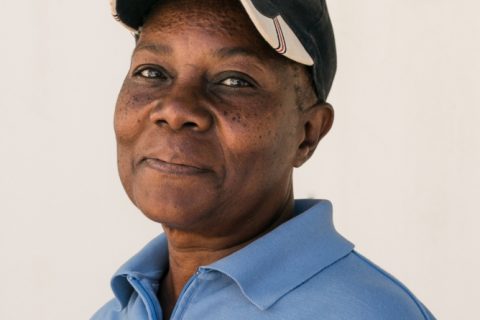
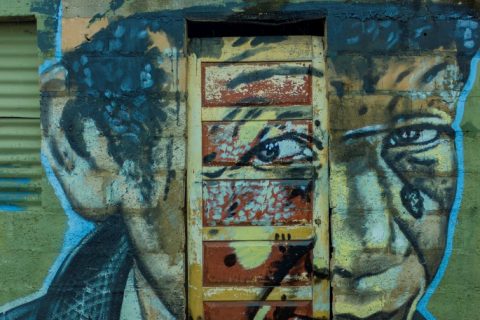


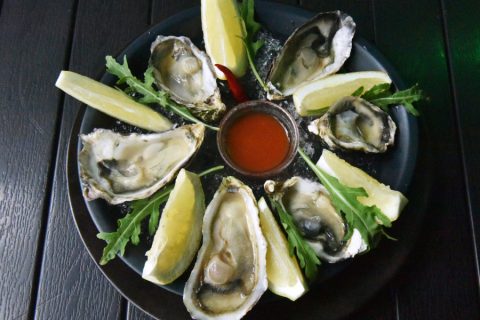

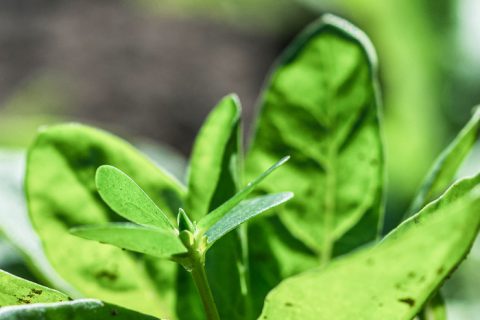
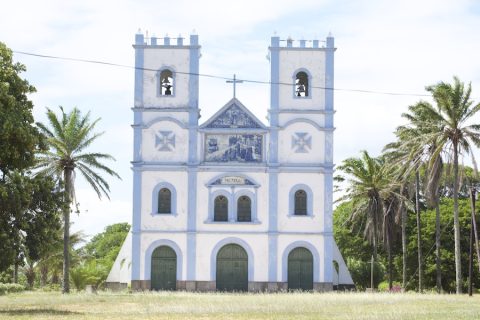
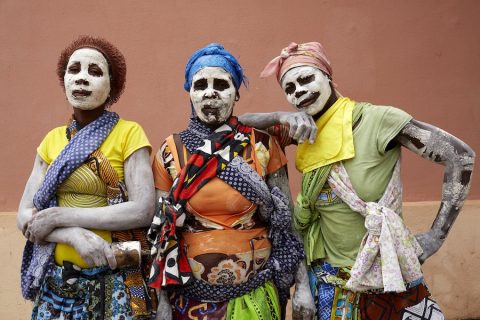
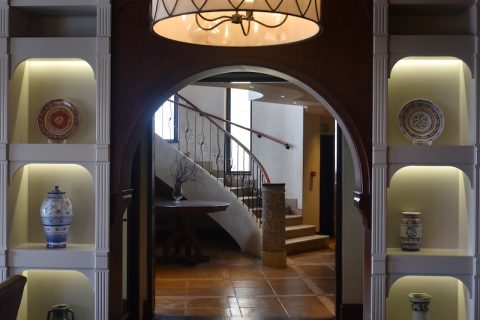
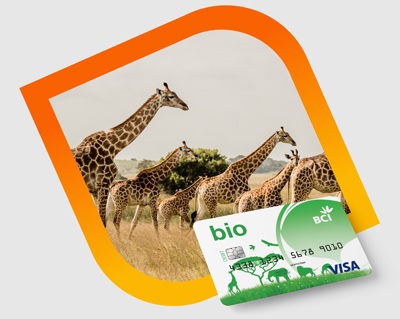

0 Comments